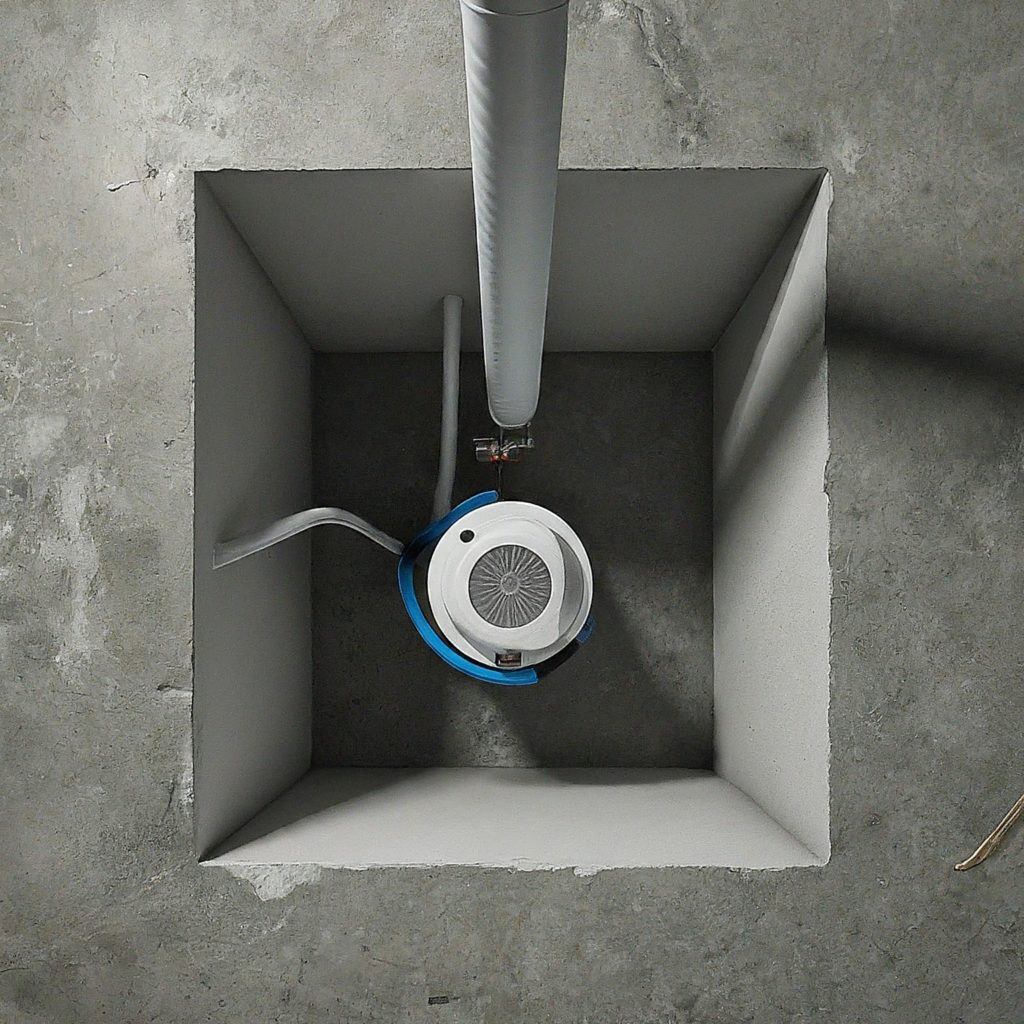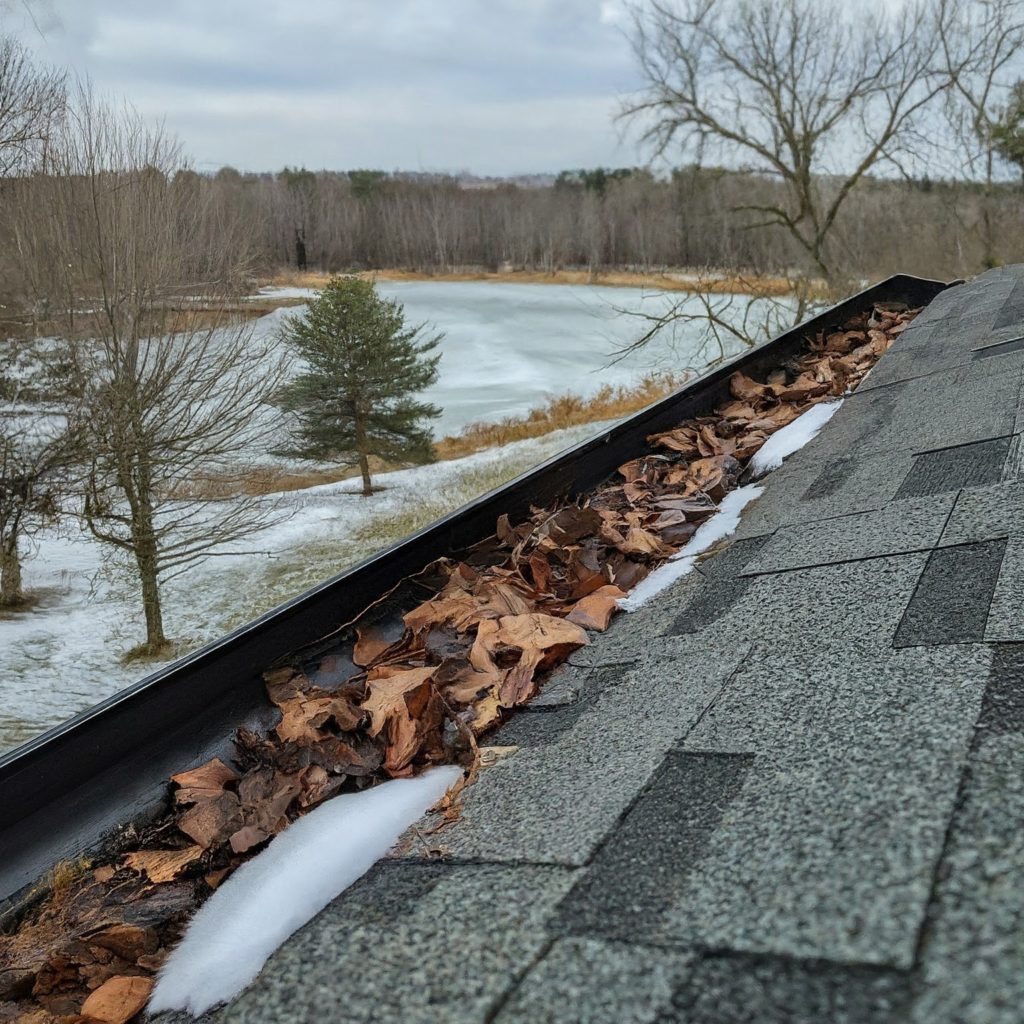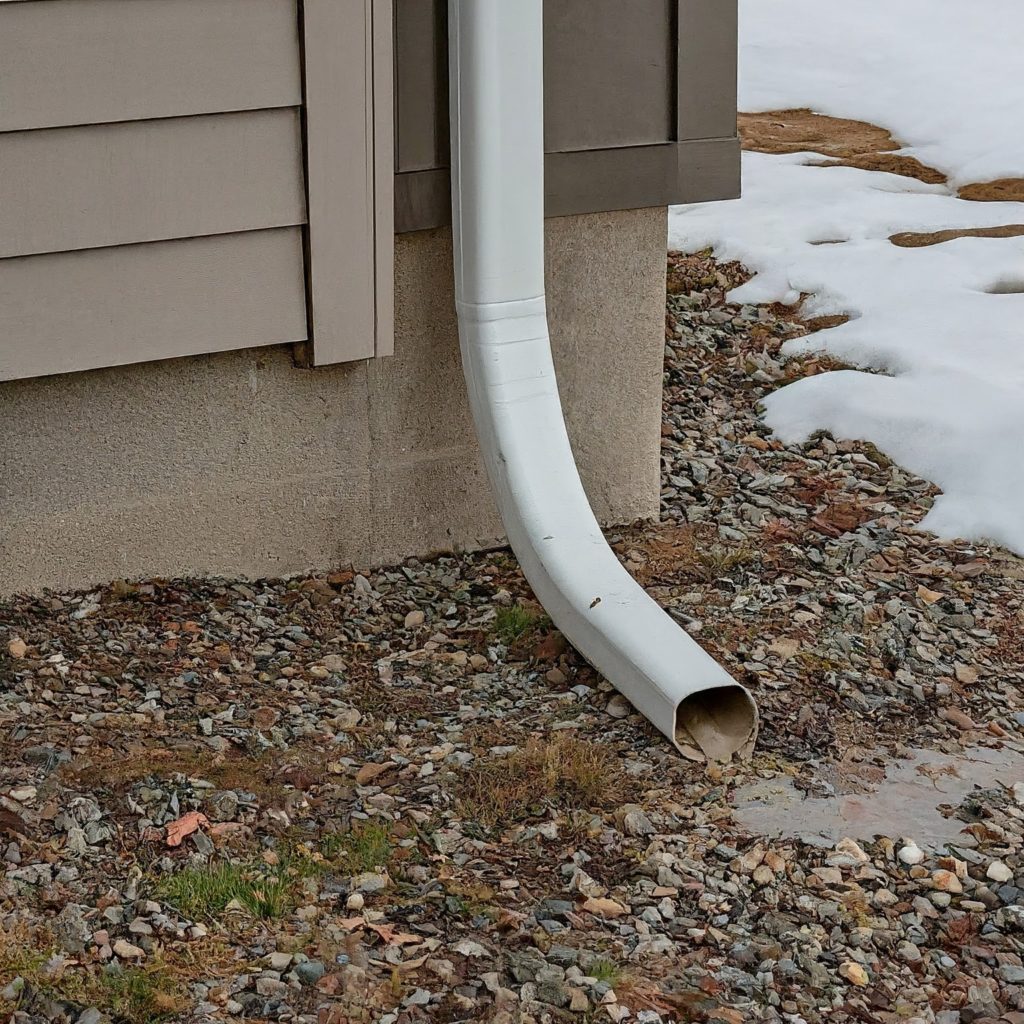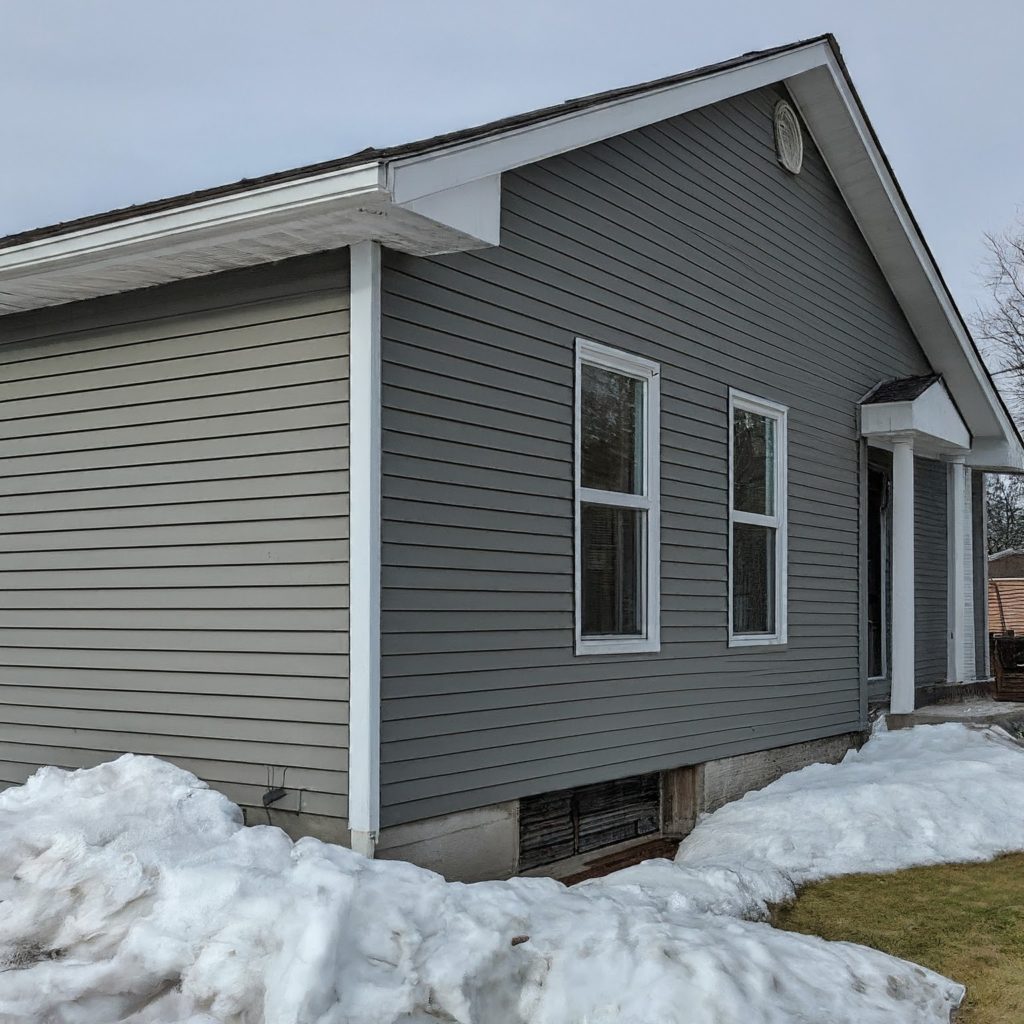Spring Melt Mayhem
Spring melt is upon us! Time to ditch the snow boots and trade them in for gardening gloves. But hold on – before you get too excited about digging into the flowerbeds, take a moment to prepare your home for the potential dangers of a flooded basement.
Winter looks to be over, which hopefully means you have successfully navigated another cold season without burst pipes and flooding. Just because you managed to get through the Winter without your pipes freezing doesn’t mean you’re out of the woods as far as flooding is concerned, though. With the Spring melt here, there is a possibility that overland flooding could affect your home and even flood your basement.
Remember…..most home insurance policies do not cover overland flooding.
Remember: most home insurance policies do not cover overland flooding. It’s your responsibility to make sure that heaps of snow on your yard doesn’t become pools of water inside your home. Here are a few precautionary measures you can take to protect your residence:
Spring Melt Checklist:
Test your sump pump
Don’t wait for disaster to strike! Test your sump pump now to ensure it’s in top shape for the spring melt onslaught. A functioning sump pump is your first line of defense against basement flooding. Listen for any strange noises or grinding when it runs, and make sure it turns on automatically when the water level rises in the pit.
If you’re not comfortable DIY testing, consider calling a plumber for a professional inspection. Pro Tip: Invest in a battery backup sump pump system to keep your basement safe even during power outages!
The job of the sump pump is to keep the area under your home dry. As water flows into the sump pit, the sump pump quickly pumps the water out of the pit and diverts it elsewhere.
If your sump pump fails, there is nothing to prevent water from building up under your home. This buildup can lead to flooding or foundation damage. Call an expert for sump pump maintenance and make sure it is ready to be inundated with snowmelt water.

Attend to your roof and gutters
Remember that water damage can strike from above, too. Roof leaks aren’t as big of a threat as basement flooding, but you should protect yourself. If you can, rake any residual snow off your roof. Also, check your gutters to see if there are any blockages—either due to ice dams or debris. You want melting snow to have a quick and clear path off your roof and away from the house.

Extend downspouts
Getting the snow off your roof will mean that there isn’t as much dripping and draining, which can keep the perimeter of your house from getting as saturated with water as it would be otherwise. Still, it’s never a bad idea to buy extenders for your downspouts. The further away you can divert water from your foundation, the better.

Shovel snow away from the side of your house
Speaking of the foundation and perimeter of your home, if there are mounds of snow built up against your house—often a problem in areas with heavy drifting—you should spend some time cleaning up those areas. Shoveling around your home can reduce the strain on your sump pit and pump.

Be ready for the worst
The above strategies will hopefully help with basement flood prevention, but in case they don’t, make sure you’re prepared for the worst. Get valuable items out of your basement and make sure that basement drains are unobstructed. Also, make sure you are checking your basement for signs of moisture or flooding a few times a day—especially on heavy melt days. You want to be able to spring into action if something goes wrong.
It’s a joyful day when the spring melt finally arrives, but it can also be a hazardous one. By following the tips listed above, you should be able to avoid the threats of the spring melt and get beyond them to enjoy a brighter, warmer season. Good luck!
